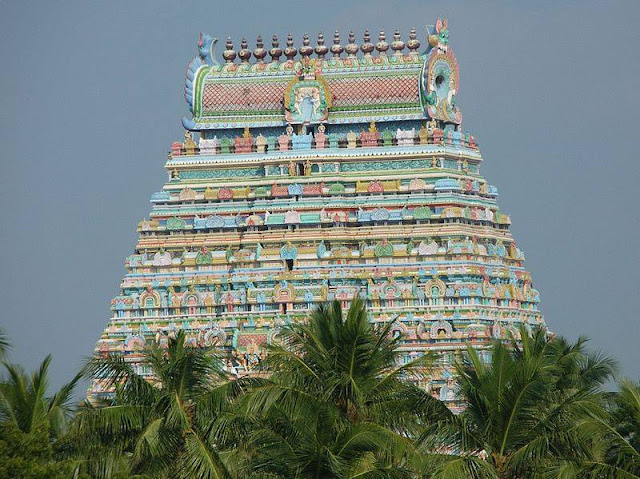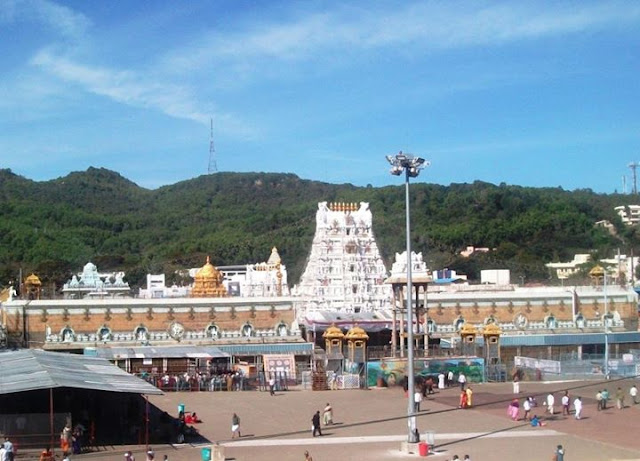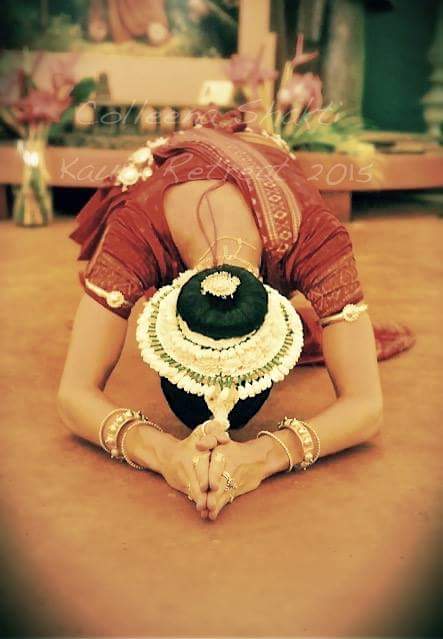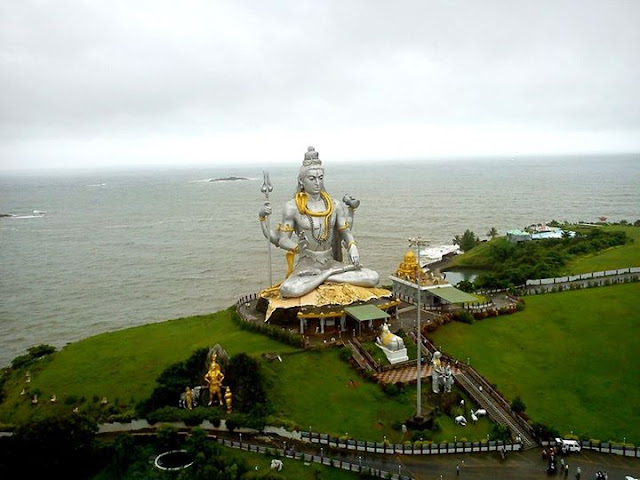Raja Yoga : 6.3-3

3. Ashtanga Yoga-3 Yama and Niyama purify the individual's actions and make them more Sattvic. Tamas and Rajas which are the pillars of Samsara are pulled down through the practice of the Ten Canons of Yama and Niyama. Inner purity is increased. The individual's nature itself is made Sattvic. Asana gives the individual control over the Rajasic impulses; and at the same time it forms the foundation of the grand structure of Antaranga Sadhana, or the Inner Yoga-process. Pranayama brings the aspirant face to face with the Life-Principle. Control of this Life-Principle gives him an insight into its motive force. He is made aware of the fact that it is desire that sustains the life-force. Desire is the cause of externalization of the mind. Desire is the bed of Vrittis. Vrittis together form the mind, and it is the mind that links Purusha with Prakriti. The mind or the Chitta is the subtlest form of Prakriti's manifestations. If mind is to be destroyed























